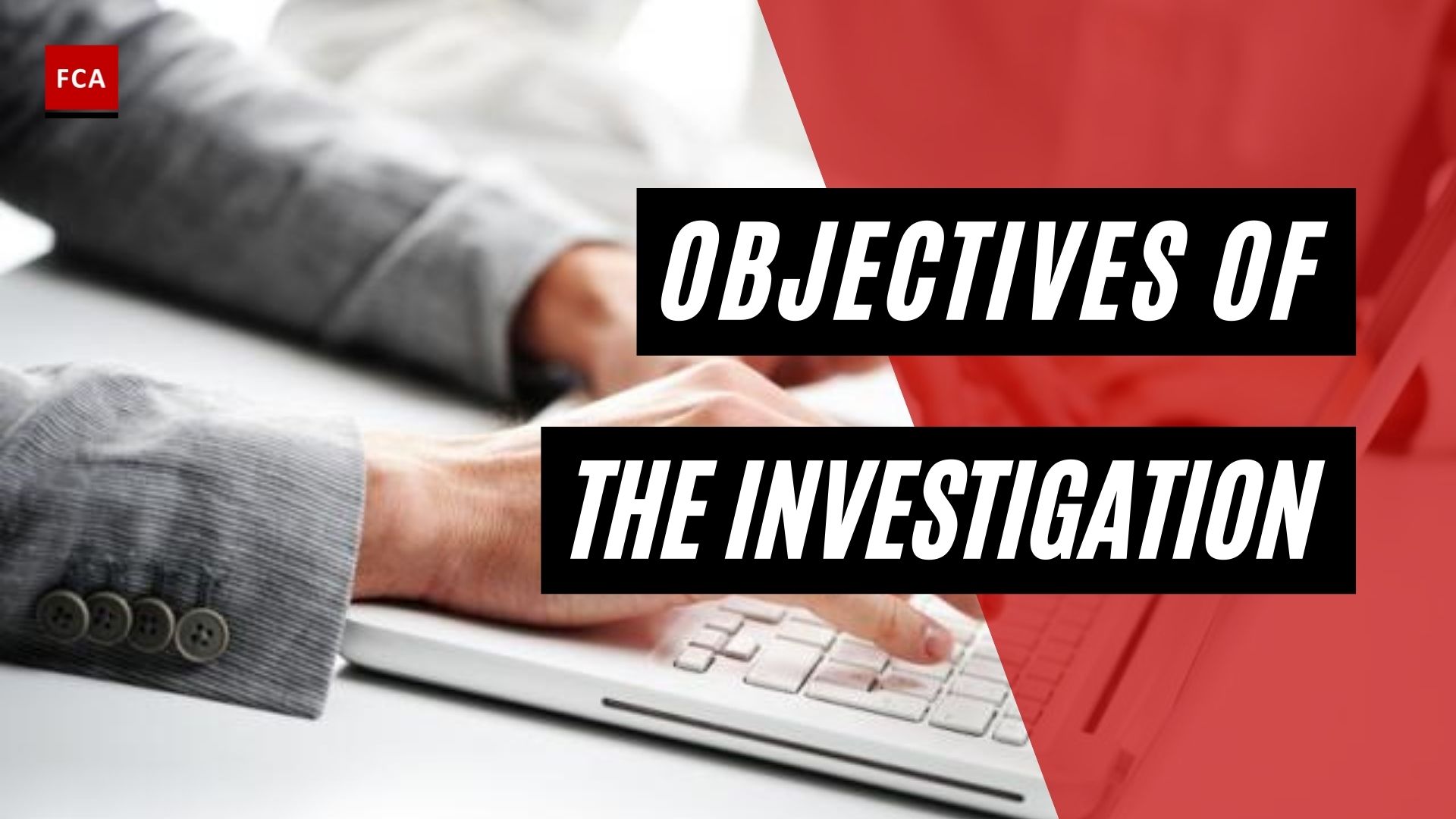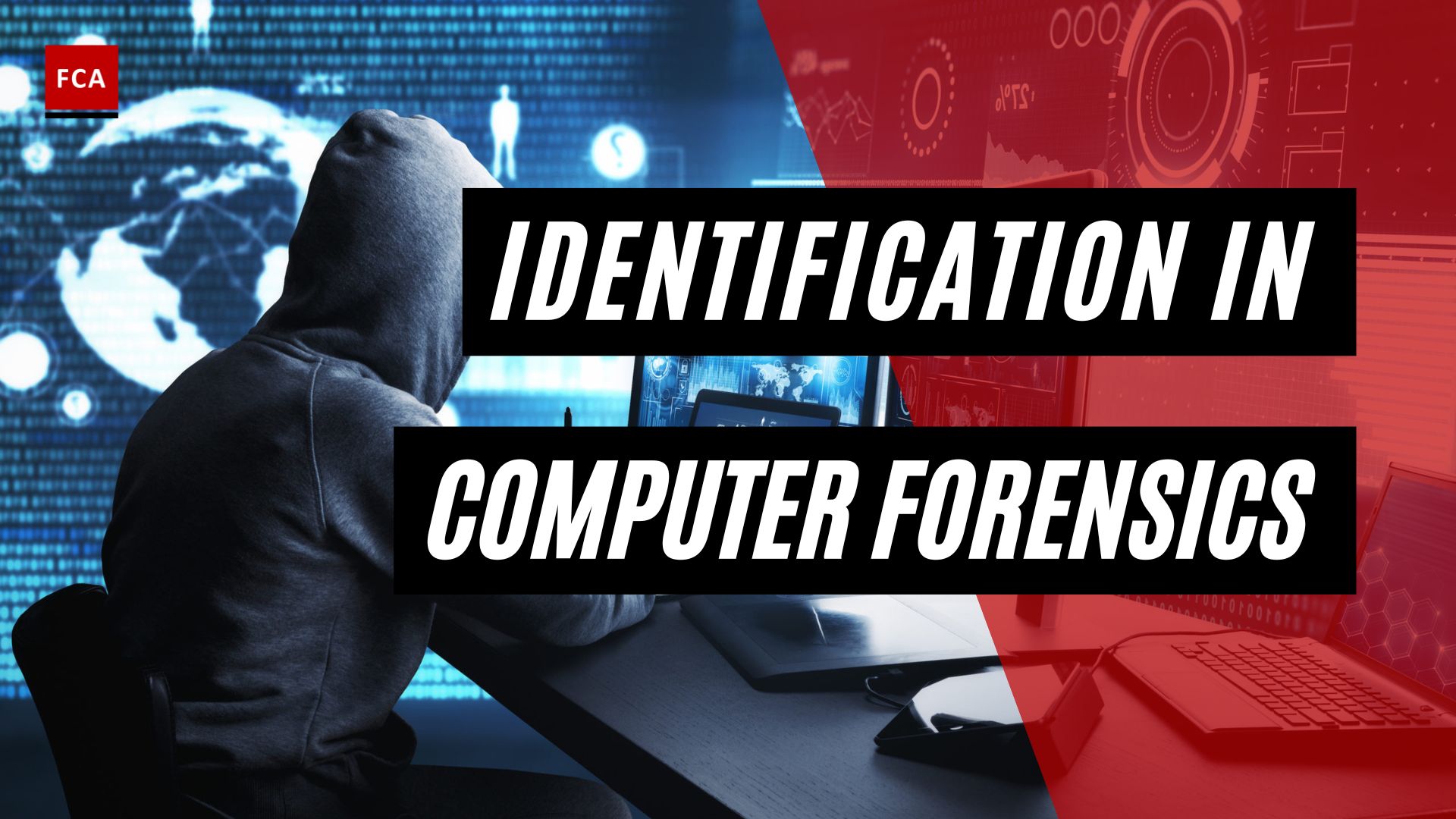The world of fraud is ever-evolving, and with it, the risks faced by businesses and individuals alike. As technology advances, so do the methods employed by fraudsters to unlawfully obtain money or property, often using sophisticated fraud techniques. This makes it essential for organizations to stay ahead of the curve and employ robust fraud detection and prevention strategies. So, what can be done to keep these modern-day pirates at bay? Read on to discover the various types of fraud, the role of technology, and how implementing a comprehensive fraud prevention framework can shield your organization from the financial and reputational damage that fraudulent activity can bring.
Key Takeaways
Organizations must take proactive steps to understand and mitigate fraud risks through comprehensive detection and prevention strategies.
Various techniques such as Artificial Intelligence, Machine Learning, Data Analytics and Monitoring & Auditing processes are used for fraud detection.
Fraud prevention & detection is essential for organizations to protect themselves from financial losses, reputational damage & legal complications associated with fraud.
Understanding Common Fraud Techniques

Fraud is not a one-size-fits-all crime. With a myriad of techniques at their disposal, fraudsters have adapted their schemes to target businesses and individuals alike. The most common types of fraud include:
Asset misappropriation: This involves employees stealing or exploiting an organization’s resources, such as money or property.
Corruption: This type of fraud involves individuals in positions of power using their authority for personal gain, often through bribery or kickbacks.
Financial statement fraud: This occurs when individuals manipulate financial records to deceive investors, creditors, or other stakeholders.
Cyber fraud: With the rise of online spaces, cyber fraud has become increasingly prevalent. This includes identity theft, phishing, and credit card fraud.
The impact of fraud on businesses and individuals can be enormous, with financial losses, reputational damage, and legal complications being just the tip of the iceberg. Detecting fraud promptly can significantly lower the potential for future losses. A combination of risk management strategies, technological tools, and employee training can help organizations combat these threats and protect their assets and reputation.
The Role of Technology in Fraud Detection and Prevention

Technology has become an indispensable ally in the battle against fraud. Advanced tools and techniques such as artificial intelligence (AI), machine learning, and data analytics are now being used to identify and combat fraudulent activities.
Organizations can stay one step ahead of fraudsters and secure their assets by using technology to detect patterns and anomalies in data.
Artificial Intelligence and Machine Learning
AI and machine learning algorithms have revolutionized the way in which organizations detect and prevent fraud. These cutting-edge technologies help organizations more effectively identify and prevent fraudulent activities by analyzing complex patterns and anomalies in data. Credit card fraud detection, for example, is now more accurate and efficient, thanks to AI and machine learning algorithms that can detect suspicious activity in real-time.
But it’s not just about having the right tools; organizations must also ensure that they have the appropriate systems and procedures in place to make the most of AI technology. A formidable barrier against the ever-evolving tactics of fraudsters can be formed when humans and machines work together.
Data Analytics for Fraud Detection
Data analytics is another powerful weapon in the fight against fraud. By employing statistical analysis and data mining techniques, organizations can analyze vast volumes of data to identify potential fraud risks and patterns. This enables them to act swiftly and decisively, minimizing the risk of financial loss and reputational damage.
Some of the statistical data analysis techniques employed for fraud detection include regression analysis, probability distributions and models, and statistical parameter calculation. These methods can help organizations identify connections between multiple fraud variables and even predict future fraudulent activities.
Organizations can protect their assets and reputation and stay one step ahead of fraudsters by leveraging the power of data analytics.
Implementing a Robust Fraud Prevention Framework

A comprehensive fraud prevention framework is key to minimizing the likelihood of fraud occurring within an organization. This involves a combination of risk assessment and management, internal controls, and employee training to ensure that potential fraud risks are identified and addressed.
Organizations can significantly minimize their exposure to fraud and shield themselves from financial and reputational damage by implementing such a framework.
Risk Assessment and Management
Effective risk assessment and management strategies are crucial in fraud prevention. They help organizations identify potential fraud risks and implement the appropriate controls to mitigate them. Businesses can significantly minimize their exposure to fraud and protect their assets by adopting a proactive approach to risk management.
One of the key strategies for proactive risk management in fraud prevention is the implementation of internal controls, monitoring systems, and employee training. Regular audits and ongoing reassessment of the organization’s fraud risks can also help ensure that businesses are well-prepared to face the ever-changing landscape of fraud.
Internal Controls and Segregation of Duties
Implementing strong internal controls is essential for deterring and detecting fraud within an organization. These controls help to ensure that only authorized individuals have access to sensitive information and systems, reducing the risk of fraud.
Segregation of duties is another key aspect of internal control that can minimize the likelihood of fraud occurring. By separating sensitive tasks among different employees, organizations can reduce the opportunity for any single individual to commit fraud. This creates a system of checks and balances that can help to prevent fraud from taking place.
Employee Training and Awareness
Educating employees about fraud risks, policies, and reporting mechanisms is essential for creating a culture of integrity and reducing the likelihood of fraud. By providing employees with the knowledge and tools they need to recognize and report suspicious activity, organizations can significantly reduce their risk of falling victim to fraud.
Training and awareness initiatives should cover topics such as recognizing red flags, understanding the importance of segregation of duties, and knowing how to report suspicious activity. Providing multiple reporting mechanisms, such as anonymous tip lines or third-party whistleblower hotlines, can further encourage employees to come forward with any concerns they may have.
Strengthening Identity Verification and Authentication

In today’s digital age, identity verification and authentication have become increasingly important for fraud prevention. Strong identity verification methods, such as biometrics and two-factor authentication, can help to ensure that only authorized individuals have access to sensitive information and systems.
Biometrics, such as fingerprint or facial recognition, can provide an additional layer of security by verifying the unique physical characteristics of an individual. Two-factor authentication, on the other hand, requires users to provide two separate forms of identification, such as a password and a one-time code sent to their mobile device.
By employing robust identity verification and authentication methods, organizations can significantly reduce the risk of fraudulent activities and protect their assets.
Monitoring and Auditing for Fraud Detection

Regular monitoring and auditing of financial transactions and processes are essential for organizations to detect and investigate potential fraud cases. By keeping a close eye on their financial activities, businesses can identify any discrepancies or unusual patterns that may indicate fraud, enabling them to take corrective action and prevent further losses.
Continuous auditing and monitoring can significantly enhance the overall effectiveness and efficiency of an organization’s fraud detection process. By regularly reviewing data and transactions for potential fraud threats, businesses can ensure that their fraud prevention measures remain effective and identify any new threats that may require additional training or solutions.
Legal and Regulatory Compliance
Adhering to legal and regulatory requirements related to fraud prevention and detection is essential for organizations to avoid penalties, reputational damage, and potential legal action. By understanding and abiding by anti-fraud laws, reporting requirements, and other legal obligations, businesses can ensure that they remain compliant and protected from the consequences of fraudulent activities.
Legal compliance in fraud prevention involves collecting and storing sensitive customer information in accordance with regulatory requirements and ensuring compliance with anti-money laundering (AML) regulations. By maintaining legal compliance, organizations can not only protect themselves from potential legal ramifications but also demonstrate their commitment to operating ethically and transparently, thereby fostering trust among their customers and stakeholders.
Summary and Conclusion
In conclusion, it is paramount for organizations to protect themselves from financial losses, reputational damage, and legal complications linked to fraudulent activities by implementing a comprehensive fraud detection and prevention strategy. From understanding common fraud techniques to employing advanced technologies such as AI and machine learning, organizations must take a proactive approach to risk management and invest in robust internal controls, employee training, and legal compliance to ensure their continued success and security in an ever-evolving landscape of fraud.
Organizations must understand the fraud risk associated with their operations and take the necessary steps to protect themselves.
Frequently Asked Questions
This section addresses several frequently asked questions about fraud detection and prevention, offering further insights and clarity on vital aspects of this significant topic. For easy navigation, refer to the table of contents.
For example, what are the most common types of fraud? How can businesses protect themselves from
What are the techniques used to detect fraud?
Fraud can be detected using a variety of fraud detection techniques that fraud detection perform classification, including a fraud detection system with:
Artificial intelligence
Machine learning
Data analytics
Monitoring and auditing processes
These methods allow organizations to analyze complex patterns and anomalies in data, enabling them to identify and prevent fraudulent activities more effectively.
What are the methods of fraud detection in banking?
Financial institutions, such as banks, employ a combination of technology, internal controls, and employee training to detect and prevent fraud. By leveraging advanced tools and techniques, banks can stay one step ahead of fraudsters and protect their customers’ financial assets.
How can fraud be detected and prevented?
Fraud can be detected and prevented through a combination of technology, such as fraud prevention tools, risk management, internal controls, and employee training and awareness.
Organizations can lower the risk of fraud and protect their assets by implementing effective fraud prevention measures and routinely monitoring for potential fraudulent activities.
Why is fraud prevention and detection important?
Fraud prevention and detection are important to protect organizations from financial losses, reputational damage, and legal complications associated with fraudulent activities, including fraudulent transactions. By analyzing fraud related data, companies can better identify potential risks and take appropriate measures to mitigate them.
Organizations can limit their exposure to fraud and ensure the ongoing success and security of their operations by implementing a comprehensive fraud detection and prevention strategy.
Summary
In summary, the importance of fraud detection and prevention cannot be overstated. By understanding various types of fraud, utilizing advanced technology, and implementing robust internal controls and employee training, organizations can effectively safeguard their assets and reputation from the devastating consequences of fraudulent activities. As technology continues to advance and fraudsters become more sophisticated, staying vigilant and proactive in the fight against fraud is essential for maintaining trust and confidence in business operations.
Frequently Asked Questions
What are the techniques of fraud detection?
Fraud detection involves the use of techniques such as pattern recognition, link analysis, Bayesian networks, decision theory, and sequence matching to identify suspicious behavior.
What is the most effective technique to detect fraud?
The most effective technique to detect fraud is through the use of specialized data analytics techniques such as data mining, data matching, sounds like function, regression analysis, clustering analysis, and gap analysis. These techniques allow businesses and organizations to test, detect, validate, correct error, and monitor control systems against fraudulent activities.
What are the three keys to fraud?
The three key components to fraud are motivation, opportunity, and rationalization, as outlined by Donald R. Cressey’s “fraud triangle” model from the 1970s.
What are some common types of fraud?
Common types of fraud include asset misappropriation, corruption, financial statement fraud, identity theft and credit card fraud.
How do artificial intelligence and machine learning help in fraud detection?
AI and ML enable organizations to detect fraud more efficiently by analyzing complex patterns and anomalies in data. This allows for effective prevention of fraudulent activities.








